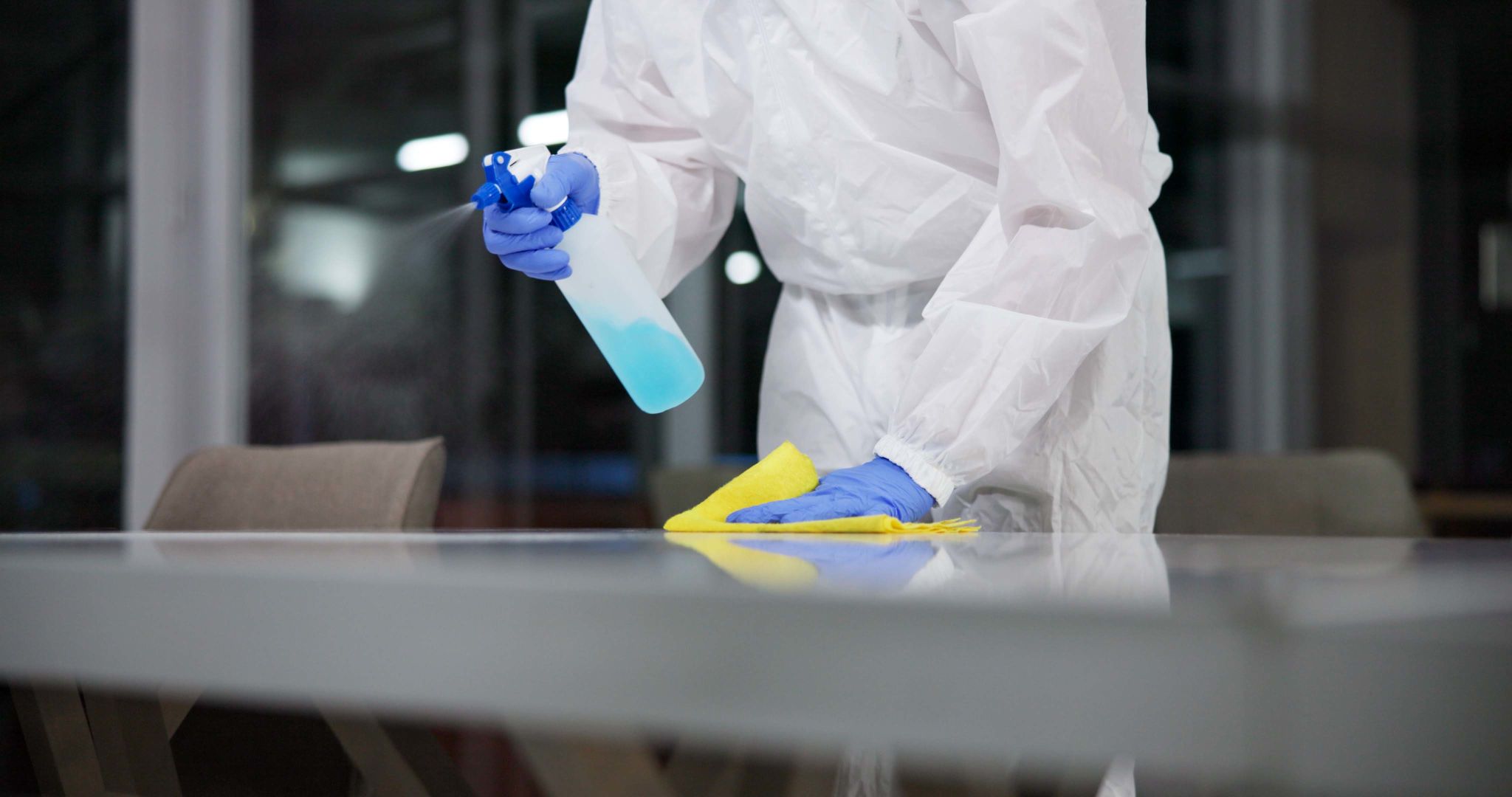Local Community's Role in Biohazard and Odor Management
Understanding Biohazard and Odor Management
Biohazard and odor management is a critical element in maintaining a safe and healthy community environment. These hazards, which can include anything from chemical spills to the aftermath of natural disasters, require specialized handling to ensure public safety. Effective management not only protects human health but also preserves the local ecosystem.

While professional services are often called upon to manage these situations, the role of the local community is equally important. Community involvement can enhance the effectiveness of response efforts and ensure a coordinated approach to managing these risks.
Community Awareness and Education
A key component of community involvement in biohazard and odor management is awareness and education. Residents should be informed about potential biohazards in their area, such as industrial sites or waste management facilities. By understanding the risks, they can better prepare for possible incidents and respond appropriately.
Educational programs can be organized by local governments or community groups to provide guidance on how to identify biohazard situations and whom to contact in case of an emergency. This proactive approach empowers residents to act swiftly in the event of a crisis.
Community Engagement in Prevention Efforts
Prevention is always preferable to response, and local communities can play a significant role in this aspect of biohazard management. Simple actions such as proper waste disposal and reporting suspicious activities can prevent potential hazards from escalating into major incidents.

Moreover, community members can participate in volunteer cleanup initiatives, which not only help in managing odors and hazards but also foster a sense of collective responsibility and pride in their surroundings.
Collaboration with Local Authorities
A successful biohazard and odor management strategy often involves collaboration between the community and local authorities. This partnership ensures that there is a clear line of communication during emergencies, allowing for swift action and resource allocation.
Local authorities can facilitate workshops and training sessions to equip residents with the knowledge and skills needed to handle minor biohazard situations safely. This collaboration can be further strengthened by developing community response teams that work alongside professional services during larger incidents.

Community Feedback and Continuous Improvement
After an incident, gathering feedback from the community can provide valuable insights into the effectiveness of the response efforts. This feedback is crucial for continuous improvement in biohazard and odor management practices.
Regular community meetings can serve as platforms for discussing past incidents, sharing lessons learned, and planning future strategies. By involving residents in this process, communities can create a more resilient environment capable of handling future challenges.
The Role of Local Businesses
Local businesses also have a role to play in biohazard and odor management. Companies can implement environmentally friendly practices that reduce their risk footprint and contribute to the overall safety of the community.
By collaborating with local organizations and participating in community initiatives, businesses can demonstrate their commitment to public safety and environmental stewardship, further strengthening community ties.
Conclusion
The role of the local community in biohazard and odor management is multifaceted and invaluable. Through awareness, engagement, collaboration, and feedback, communities can significantly enhance their ability to manage these risks effectively. Together, residents, businesses, and authorities can build a safer, healthier environment for everyone.
